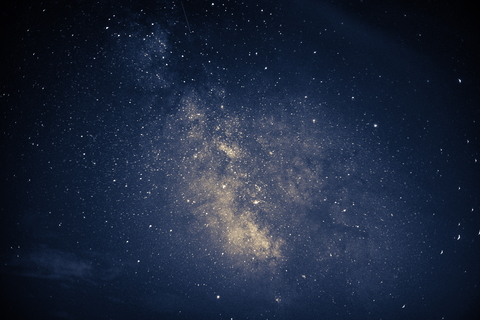Overview
The James Webb Space Telescope is capable of probing our Universe at extremely high redshift (z>10), when the supersonic relative motions between dark matter and baryonic overdensities modulate structure formation. This “stream velocity” has important implications for early stars and dwarf galaxies, but has remained challenging to incorporate numerically. I will describe our studies of low-mass galaxy formation including the stream velocity using high resolution AREPO hydrodynamics simulations, and present theoretical predictions of the UV luminosity function (UVLF) and galaxy stellar mass function (GSMF) for extremely faint and low mass galaxies. I will discuss the mechanisms by which the stream velocity suppresses early star formation while inducing rapid star formation in some larger dwarfs, leading to an enhancement in the faint-end of the UVLF at z = 12. We may be nearing an era where high-z observations can probe the stream velocity as a test of baryonic physics within Lambda-CDM, enabling more robust comparisons with alternative models.
